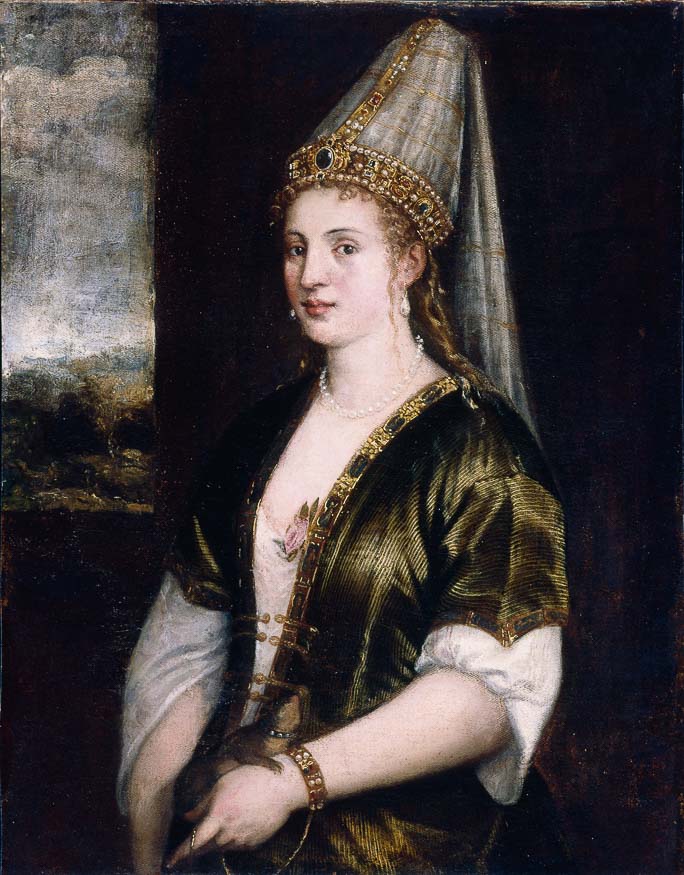Titian (workshop), Portrait of the Sultana Roxelana (?), c. 1545-1555, The John and Mable Ringling Museum of Art, Sarasota

Paolo Veronese (School), Sultan Bajezid I, Bayerische Staatsgemäldesammlungen München - Staatsgalerie Würzburg © Bayer&Mitko – ARTOTHEK
![Ottomania. The Ottoman Orient in Renaissance Art]()
Lambert de Vos, The Ottoman Wedding Procession, 1573–1574, Staats– und Universitäsbibliothek, Bremen
![Ottomania. The Ottoman Orient in Renaissance Art]()
Helmet and Half-Armour of king Stephen Bathory, c. 1560, Kunsthistorisches Museum, Vienna
![Ottomania. The Ottoman Orient in Renaissance Art]()
Tintoretto, Portrait of Sebastiano Venier, Chief Admiral of the Venetian Fleet, after 1571, Kunsthistorisches Museum, Vienna
![Ottomania. The Ottoman Orient in Renaissance Art]()
Sofonisba Anguissola, The Chess Game, 1555, Poznań, Fundacja im. Raczyńskich przy Muzeum Narodowym w Poznaniu
![Ottomania. The Ottoman Orient in Renaissance Art]()
Tobias Fendt, Ressurection of Christ, 2nd half of the 16th c., Zamek Królewski na Wawelu, Kraków
![Ottomania. The Ottoman Orient in Renaissance Art]()
Zischagge and Cuirass Grand Vizier Sinan Pasha, Augsburg, c. 1590, Kunsthistorisches Museum, Vienna
![Ottomania. The Ottoman Orient in Renaissance Art]()
Melchior Lorck, Bust portrait of Sultan Süleyman the Magnificent, 1562, Albertina, Vienna
![Ottomania. The Ottoman Orient in Renaissance Art]()
Donat Hübschmann, Sigismund von Herberstein Wearing the Robes of Honour Presented to Him by Sultan Süleyman, Széchényi National Library, Budapest
![Ottomania. The Ottoman Orient in Renaissance Art]()